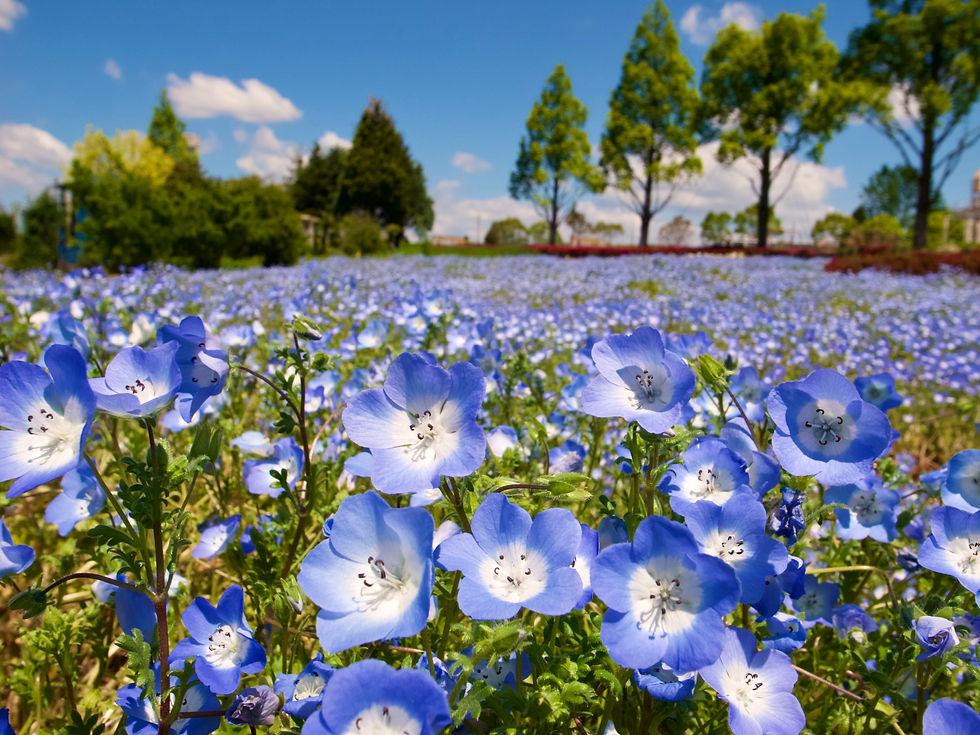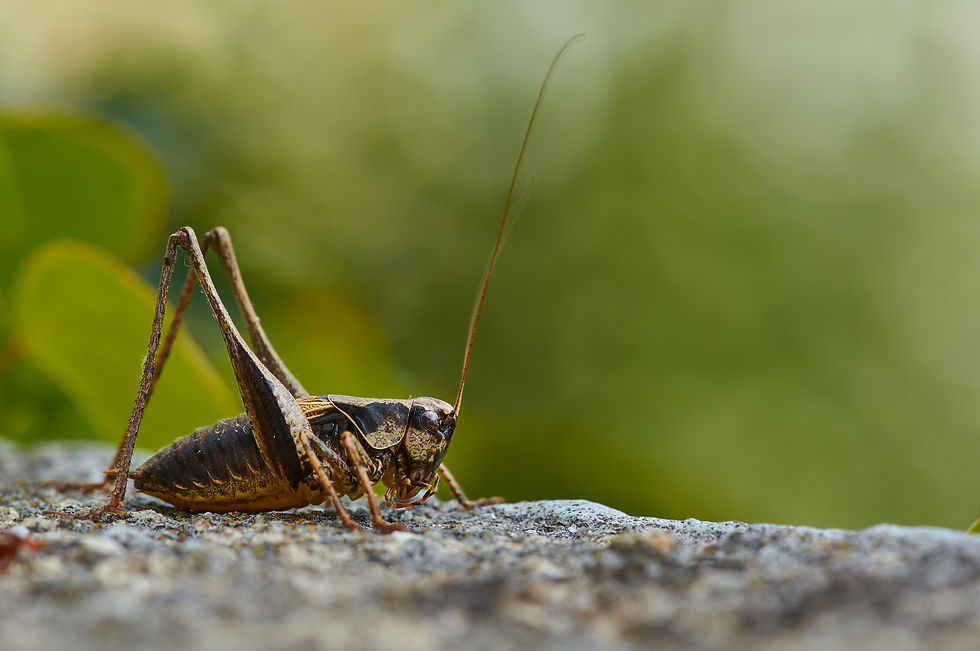Perchta, Bright One: German Goddess
- Sylvia Rose

- Apr 10, 2024
- 6 min read
Perchta lives in a well in southern Germany. She teaches humans how to spin flax into linen. Often represented as a hag, Perchta is also a warrior goddess and one of the leaders of the Wild Hunt. She has bright and dark aspects.
READ: Lora Ley Fantasy Fiction - German Mythology Adventures
See also:
Perchta (Berchta, Percht) is a southern manifestation of ancient Goddess Frau Holle (Holda, Hulda). Literature from Scandinavia to the Mediterranean shores of Italy presents local depictions figures with traits similar to those of Frau Holle.
READ: Cult of the Fire God - Bronze Age Quest Adventure
In the Germanic southlands the figure of Percha assumes the roles of Holle, and forms her own identity quirks. Scholar Jacob Grimm observes Perchta / Berchta is known
"precisely in those Upper German regions where Holda leaves off, in Swabia, in Alsace, in Switzerland, in Bavaria and Austria."
See also:
Bright Perchta dwells in her subterranean home most of the year. Over the Yule season or Twelve Days of Yule, especially Twelfth Night on Jan 5-6, Frau Perchta leaves her deep demesnes and goes out to visit households.
READ: Lora Ley Fantasy Fiction - German Mythology Adventures
As patron Goddess of spinning and weaving, Perchta observes the girls and servants of the household to be sure they've done their yearly allotment of spinning. Often the last fibers of flax from the spindle are dedicated to Frau Perchta, plucked off with an incantation for luck.
See also:
Perchta can be harsh. If one has committed a sin of spinning during feast days, or is rude, lazy, not done the annual work; or if a person eats food besides fish and gruel on her feast day, Perchta rips out the culprit's innards and stuffs the body with straw, pebbles and dirt.
Diligent and courteous workers are rewarded with a silver coin. In this way Perchta is a Kinderschreck or 'child fright', an entity which frightens children and superstitious adults into acceptable behavior. Both Holle and Perchta reward the good and punish the bad.
See also:
Perchta is a Dunkele Großmutter and receives the souls of infants who die. They water flowers and and play in her gardens, for Perchta is not just a little old lady who lives in a well. Her realm beneath the earth is expansive.
READ: Cult of the Fire God - Bronze Age Quest Adventure
Because of her proximity to the netherworld she's in a good position to catch the souls of infants. In the north, Frau Holle is also a Dunkele Großmutter, with her home in the clouds, bringing infant souls to the light; or to parallel Percha, as faerie creatures in her own realm.
See also:
In the cult of Perchta, up to medieval times, people leave food and libations for "Fraw Percht" to receive blessings of prosperity and abundance. The writings De decem praeceptis (1439) and Thesaurus pauperum of Bavaria (1468) vilify the practice.
READ: Lora Ley Fantasy Fiction - German Mythology Adventures
Religious texts equate Perchta with other major female spirits Holda; Diana the Huntress, also called Herodias, and Diana's aspects Abundia (plenty), Satia (full) and Richella (rich). Diana relates to pre-Christian figures like Holda or Perchta and also leads the Wild Hunt.
See also:
Like many divinities Perchta has a bright and dark side. In her bright aspect she can represent one of the White Ladies, Weiße Frauen or Weisse Damen appearing in folklore throughout Europe. White Ladies may appear singly or in a group.
Perchta may travel alone but often with an entourage called Perchten, the plural of her name. Parade and festival animal masks in alpine regions of Austria are also called Perchten.
See also:
In the 16th century, the Perchten take two forms: Some are beautiful and bright, known as the Schönperchten (beautiful Perchten). These shining ones come during the Twelve Nights to bring luck and wealth to the people.
The other form is the Schiachperchten (ugly Perchten) with fangs, tusks and horse tails. With loud clanging, shouting and leaping they scare away demons and ghosts, who roam abroad in the dark winter months. They go from house to house driving out bad spirits.
See also:
Italian historian Carlo Ginzburg notes similarities between the Perchtenlaufen and the benandanti, who make up a visionary tradition in NE Italy. The benandanti travel out of their bodies while asleep to battle malevolent witches (malandanti).
Their victory ensures good crops to come. Ginzburg says Perchtenlaufen is "undoubtedly a remnant of the ancient ritual battles" originally created around fertility of the crops.
See also:
Sometimes, der Teufel (Lucifer, Satan, the Devil) is viewed as the most hässlich or
most ugly Percht, and Frau Perchta is the schönste (most beautiful) Percht. Perchta is also the Queen of the Heimchen, a name with several meanings.
Heim means home and Heimchen is the house cricket, whose song or stridulation is connected to occult prophecy in Europe. In Silesia the song of the house cricket indicates presence of an undead spirit.
See also:
Dwarfs are thought to shape-shift to crickets due to the chthonic nature of the insects. During her forays Perchta might have a stridulating cricket perched on her nose. The Heimchen or Perchten in the procession may also be howling souls of unbaptized children.
Due to various factors Christian and pagan imagery often combine. Another hybrid is the squeal of fire logs, ascribed to screams of souls in Hell. People toss a little salt in the fire to appease them. If salt spills, throw some over your shoulder to hit the devil in the eye.
See also:
In Salzburg, Austria, Perchta is said to wander through Hohensalzburg Castle in the sinister dark of night. The Perchten are a traditional part of holidays and festivals such as Carnival Fastnacht.
In the Pongau region of Austria large processions of Schönperchten ("beautiful Perchten") and Schiachperchten ("ugly Perchten") are held every winter. Beautiful masks are said to encouraging financial windfalls, and the ugly masks are worn to drive away evil spirits.
See also:
The Perchtenlauf is a folk custom of Tyrol, Austria, between Germany and Italy. The ceremony involves two groups of locals. Groups are masked, one as 'beautiful' and the other as 'ugly' Perchte. They battle each other using wooden canes and sticks.
Although Perchta typically appears in hag form, as a leader of the Wild Hunt she is a shining warrior. Other leaders of the Hunt include Frau Holle and Huntress Diana. The Hunt may be localized. For instance, in Lucerne der Türst and his wife Sträggele lead the Hunt.
See also:
Above, a group of Perchtenlauf participants clamor through the streets in Austria. Although celebrations of nature deities is once forbidden, the events happen in the middle of winter at inaccessible mountain villages, and enforcement of the ban is not possible.
See also:















